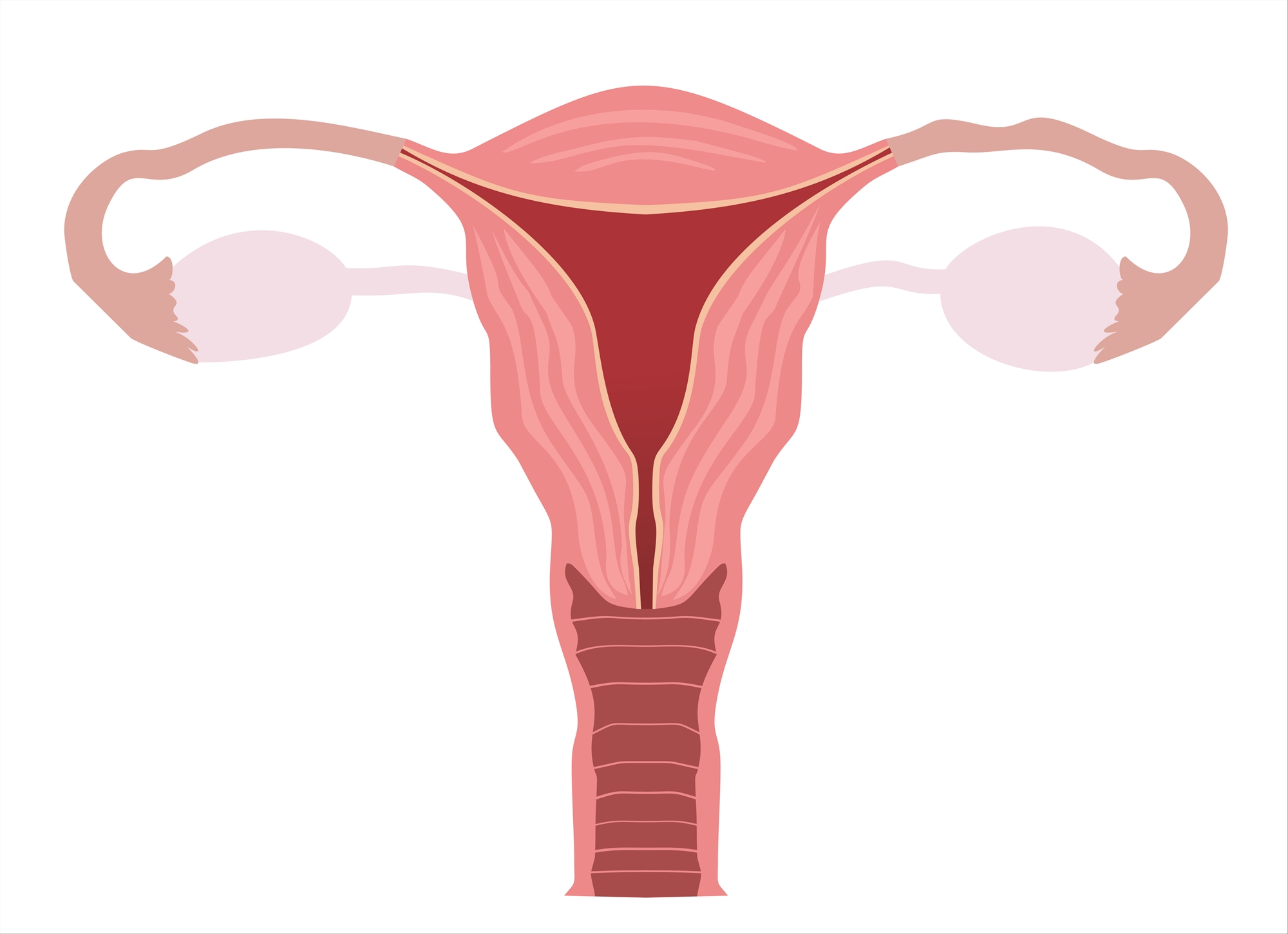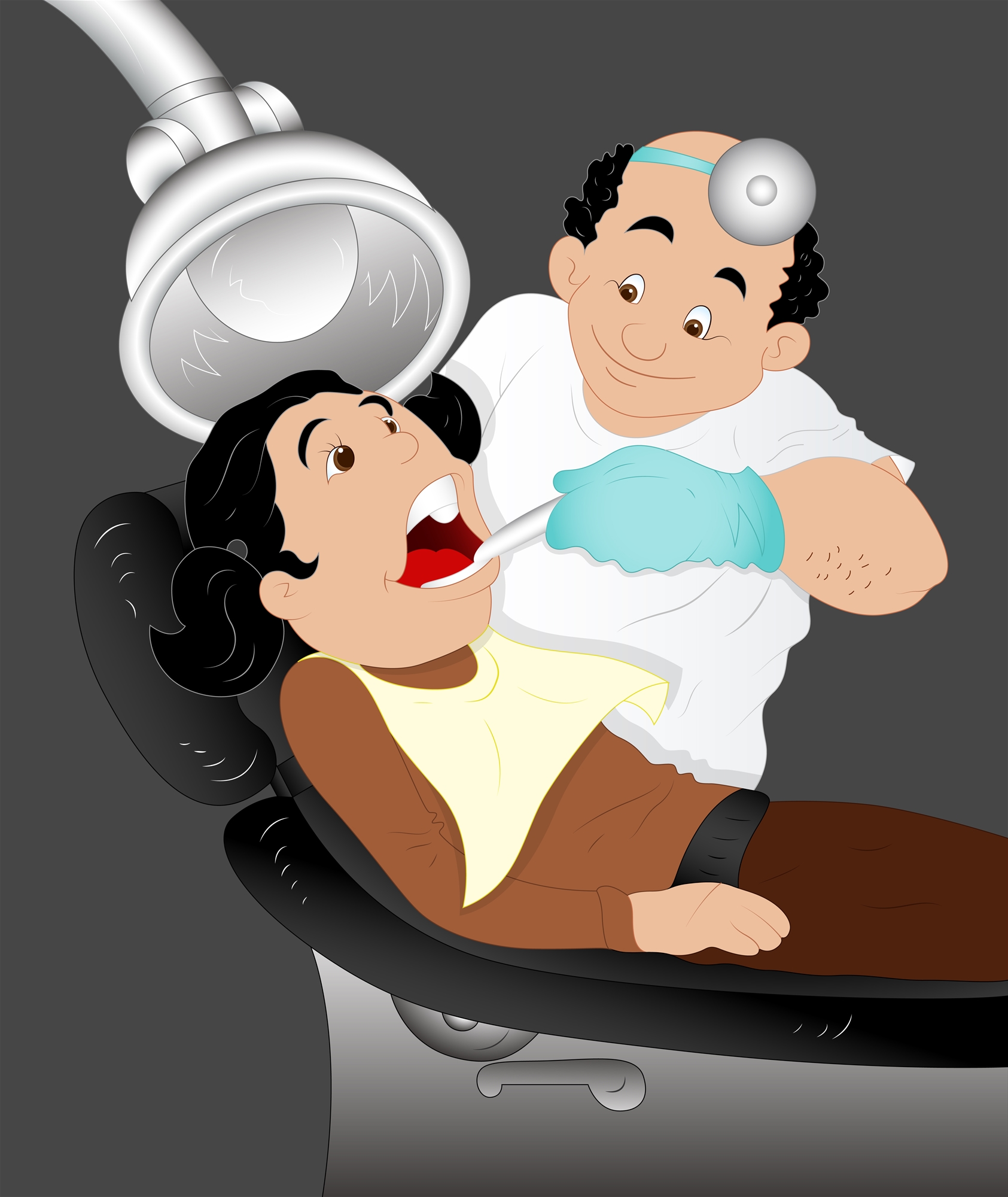Peritoneal dialysis patients having peritonitis could lead to severe complications. Research reveals that there is a significant correlation between patients receiving invasive procedures and peritonitis. Hence, the use of prophylactic antibiotic before receiving invasive procedures can lower peritonitis incidence.
Examinations that require the use of prophylactic antibiotic
- Abdominal examination: Colonoscopy, Cystoscopy, laparoscopic cholecystectomy, and Endoscopic Retrograde Cholangiopancreatography (ERCP).
- Gynecologic examination: Pap smear, hysteroscopy, and dilatation and curettage.
- Other invasive procedures: tooth extraction and implant.



Precautions before Invasive Procedures
- Before receiving Laparoscopic endoscopy and dental invasive procedure, the patient needs to return to the clinic of Division of Nephrology and undergo physician assessment for using prophylactic antibiotic.
- The dialysate is glucose solution and will weaken the peritoneum after infusing the dialysate into the peritoneal cavity. Therefore, it is necessary to drain the dialysate from the peritoneal cavity before receiving abdominal and Pap smear examination to avoid infection.
How to Use Prophylactic Antibiotics
- The antibiotics prescribed by the doctor will be added with dialysate to infuse into the peritoneal cavity for retention between 6-8 hours. Drain the dialysate inside the peritoneal cavity the morning of examination before taking the laparoscopic endoscopy.
- Take the oral antibiotics prescribed by the doctor one day before the examination.
Treatment for Contaminated Peritoneal Dialysis Catheter and Dialysate
|
Factors of Contamination
|
Treatment
|
|
Contaminated connector of the mini transport tube
|
1. Do not exchange the dialysate. Cap on new small white cap. Contact the peritoneal dialysis nurse immediately and seek for medical treatment. Replace with new mini transport tube.
2. The doctor will assess if prophylactic antibiotics should be used.
|
|
Infuse damaged peritoneal dialysate into the peritoneal cavity
|
1.Upon discovering bag damage when infusing the dialysate, please separate the dialysate immediately and contact the peritoneal dialysis nurse to seek for medical treatment.
2. Follow the doctor prescription for use of prophylactic antibiotics.
|
|
Damaged mini transport tube
|
1. Clip with the small white clip or folding catheter to avoid liquid leakage. Please contact the peritoneal dialysis nurse immediately and seek for medical treatment. Replace with new mini transport tube.
2. Follow the doctor prescription for use of prophylactic antibiotics.
|
|
Loose titanium metal connector and mini transport tube.
|
1. Fasten up the metal connector, clip with the small white clip or folding catheter to avoid liquid leakage. Please contact the peritoneal dialysis nurse immediately and seek for medical treatment. Replace with new mini transport tube.
2. Follow the doctor prescription for use of prophylactic antibiotics.
|
Patients need to inform the peritoneal dialysis nurse before receiving the invasive procedures. The doctor will assess and then use prophylactic antibiotics. Failure to use prophylactic antibiotics early will increase the infection rate of peritonitis.

